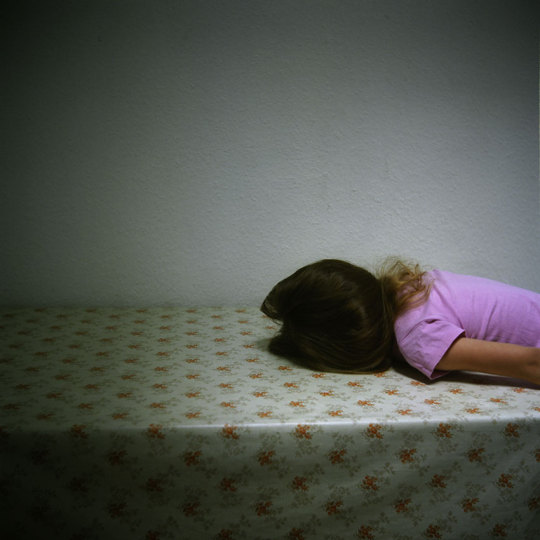#patrick taberna
Text

Grenade, Espagne, 2011
Photo: Patrick Taberna
19 notes
·
View notes
Photo

“Rustlers’ Rhapsody” by Hugh Wilson (1985) Andy Griffith, Patrick Wayne and Fernando Rey in Fot Bravo #Tabernas #Almeria #Cinema #Western
#rustlers rhapsody#hugh wilson#andy griffith#fernando rey#patrick wayne#Tabernas#cinema#Almeria#fort bravo
4 notes
·
View notes
Text
Kodachromes

James Robert Jr.
::

unknown
::

Fred Herzog - Old Man
::

Marco Girardi
::

Francien Scheen - First contact, 2021
::

Gundula Blumi - Lens flare
::
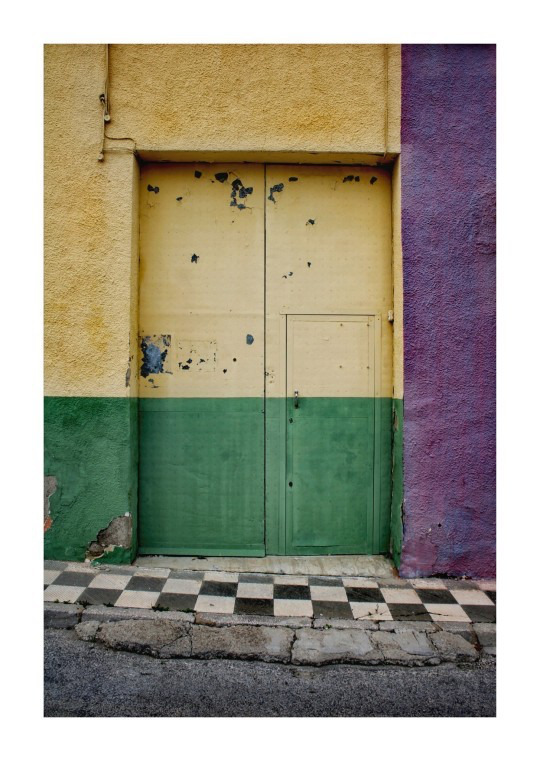
Chusik
::

Patrick Taberna - Arles, 2004
::

Samantha Muljat
::

Brooke DiDonato - Wake-Up Call
::

unknown - are you finished?
::

Sarah Anne Johnson - Explosion
::

Goran Tomcic
::

Katharina Grosse
::

Robert Mapplethorpe - Double Jack in the Pulpit
::
Sunday: wall covers
2 notes
·
View notes
Text
La Collectionneuse (Éric Rohmer, 1966)
No hay más naturalista digno de estima
que aquel que sabe pintarnos y representarnos
el objeto más extraño, más singular,
con su emplazamiento, con toda su vecindad,
siempre en su propio elemento.
Goethe.
La Collectionneuse (1966), cuarto de los “Cuentos morales” de Éric Rohmer, toma por objeto de análisis una serie de personajes todo lo distantes del autor de Le Signe du Lion (1959) que cabe imaginar. Sin embargo, Rohmer nos los presenta en su totalidad, sin privarles de aquellas de sus características particulares que más podrían molestarle, acortando las distancias por un acercamiento simpatizante que no excluye una (hipotética, en todo caso implícita) actitud crítica —nunca despreciativa, ni siquiera irónica (1), sino más bien púdica y respetuosa—. Como dice Maud en su siguiente largometraje: “Ni elogio ni critico: constato”. El esfuerzo de objetividad de Rohmer se concreta en dos fases sucesivas: una de comprensión, efectuada a partir de los seres reales que han servido de modelo a sus personajes durante la escritura del guión, y también a partir del trato con los actores que los encarnan; y otra, la que tiene lugar durante el rodaje, que podríamos llamar de captación. Esta captación es global —ya que incluye, junto a los personajes, el contexto preciso que les corresponde— y totalmente imparcial: parece como si Rohmer hiciera suyas las palabras de Adrien (Patrick Bauchau) cuando dice que querría “dirigir sobre ellos la mirada más vacía posible, exenta de toda curiosidad”. A este respecto resulta interesante observar que, si bien tanto La Collectionneuse como Ma nuit chez Maud (1969) son films cuya planificación o forma de abordar la realidad sólo puede calificarse de objetiva, incluyen en su funcionamiento un comentario en primera persona de uno de sus personajes (Adrien y Jean-Louis, respectivamente), que se convierte en narrador a la vez que es narrado (puesto que está dentro de la película, y tanto él como lo que observa está filmado desde fuera: los personajes de Rohmer ejercen constantemente la mirada y la reflexión, pero son a su vez observados y sujetos pasivos de una reflexión). Además, en ambos guiones, los movimientos de cámara están indicados subjetivamente y en primera persona; es decir, Rohmer no escribe: “travelling hacia Haydée”, sino “me acerco a Haydée”, y no pone los diálogos en boca de Jean-Louis, sino de Moi, “Yo”, el narrador.
Esta estructuración es la que da a los “cuentos morales” de Rohmer su complejidad. Como decía acertadamente Jean-Claude Biette (2), “la dificultad de los films de Rohmer proviene —y éste es también su modo de retener toda la atención del espectador— de la casi imposibilidad de descubrir sus intenciones en que uno se encuentra, hasta tal punto los hechos, suficientemente ricos y sutiles, son respetados”.
Los seis “cuentos morales” forman una verdadera serie: todas ellas son variaciones infinitesimales sobre el mismo tema; sus líneas de fuerza son las mismas, varían tan sólo los personajes —y sus correspondientes formas de actuar frente a sucesos de la misma naturaleza— y, sobre todo, su entorno geográfico y vital. Si Mi noche con Maud es un film invernal y nevado (y por tanto en blanco y negro), de interiores y de personajes “encerrados”, poco espontáneos, confinados (por su adhesión —no muy firme— a unas ciertas morales) dentro de unos límites estrechos, La Collectionneuse, que es también un film de «vacaciones» (como Le Signe du Lion, La taberna del irlandés y un buen número de obras de Hitchcock), es, en cambio, una película veraniega, soleada, de exteriores, en la que la naturaleza está siempre presente (entrando por las ventanas incluso), gracias a la excelente fotografía en color de Néstor Almendros (3), y sus personajes se caracterizan por una total libertad, por una disponibilidad completa, ya que no tienen nada que hacer y buscan el ocio absoluto. Es, por tanto, como corresponde a la naturaleza de sus personajes, la menos sobria y rigurosa, la más carnal y espontánea de las películas de Rohmer: su recreación casi panteísta en la naturaleza evoca la Comida en la hierba de Renoir, a la vez que su amplitud y su carácter reflexivo hacen pensar en Bonjour Tristesse de Preminger, y su nitidez absoluta remite directamente al rosselliniano Viaggio in Italia.
Como de costumbre, toda la película se basa en una situación equívoca y perturbadora, cuyo matiz desazonador se multiplica a causa de las hipótesis y conjeturas que hace su protagonista Adrien con respecto a la “coleccionista” Haydée (Haydée Politoff). El carácter dubitativo de Adrien da su tono indeciso, fluctuante, de medias tintas, a la película, que se acerca así a las comedias de Hawks (la mujer que toma la iniciativa, el hombre que desconfía, que se resiste, pero se siente atraído). La gran diferencia con Hatari, La fiera de mi niña o Su juego favorito estriba en que Haydée no intenta seducir a Adrien (para añadirlo a su “colección”), sino más bien éste lo imagina, y en que, al contrario que los personajes masculinos de Hawks, Adrien se evade (como Jean-Louis en Ma nuit chez Maud) en lugar de perseguir a la heroína e intentar conquistarla. En el fondo, tanto Adrien como Jean-Louis son unos malos Sherlock Holmes, pues consideran el mínimo detalle como el indicio de una intriga, que finalmente urden ellos en su imaginación, de forma que calculan sus movimientos como un jugador de ajedrez que, en lugar de observar las jugadas de su oponente, se limitara a suponerlas.
Esto introduce un nuevo factor de deslizamiento en la escueta trama de la película, que juega siempre con un mínimo de elementos, que se van combinando de formas diferentes a lo largo del film. Tanto La Collectionneuse como Ma nuit chez Maud son, en el fondo, historias de triángulos; pero si Renoir profundizaba esta dramaturgia ampliándola a un cuadrilátero (Le Carrosse d'or, Elena et les hommes) o acudiendo a un sistema de permutaciones digno de “Las afinidades electivas” (La Règle du jeu), Rohmer utiliza la cuarta esquina del cuadrilátero como una variable (varios personajes que se extienden a lo largo del tiempo) y, además, combina a los personajes en distintas parejas, que van cambiando a lo largo de la película (4). A través de este tejer y destejer de relaciones —que con frecuencia se quedan bloqueadas a mitad de camino—, se ponen a prueba las convicciones de los personajes, para volver, finalmente, al punto de partida (esquema típicamente hawksiano).
Al estar los personajes mucho menos determinados por sus ideologías que en Ma nuit chez Maud, y ser más dilatado tanto el escenario en el que evolucionan como el tiempo del que disponen, La Collectionneuse resulta una película menos concentrada y perfecta, menos cercana a Lubitsch o Mankiewicz, y más lánguida, más libre y abierta, más deshilvanada si se quiere (5), pero no por ello menos pura, lúcida y clara: como Rossellini, Rohmer es la lógica misma, y considera el cine como la apertura a la realidad de una ventana, para permitirnos ver mejor el mundo que nos rodea. La Collectionneuse es un film transparente.
(1) Precisamente porque los personajes están muy lejos de él, Rohmer no se permite con ellos la ironía, mientras que en Ma nuit chez Maud, con mucha elegancia, se la permite.
(2) Crítica de Place de l'Étoile (Paris vu par...) en Cahiers du Cinéma, núm. 171.
(3) Que consigue indicar la hora del día en que transcurre cada escena mediante una graduación luminosa cuya precisión no tiene precedente.
(4) En La Collectionneuse: Adrien-Mijanou, Haydée-x chicos, Daniel-Haydée, Adrien-Haydée. En Ma nuit chez Maud: Maud-Vidal, Jean-Louis-Maud, Françoise-Jean-Louis, Vidal-otra chica (y fuera de la película: Maud-su marido, Maud-su amante, Françoise-el marido de Maud, Jean-Louis-x chicas).
(5) En el sentido en que lo son algunas de las últimas obras de los viejos maestros: La taberna del irlandés o Dos cabalgan juntos (Ford), Hatari o EIdorado (Hawks), Comida en la hierba (Renoir), etc.
Publicado en el nº 103/104 de Nuestro Cine (noviembre-diciembre de 1970)
#la collectionneuse#eric rohmer#miguel marías#cinéma français#cine francés#french cinema#nuestro cine#1966
1 note
·
View note
Photo

Patrick Taberna
6K notes
·
View notes
Photo
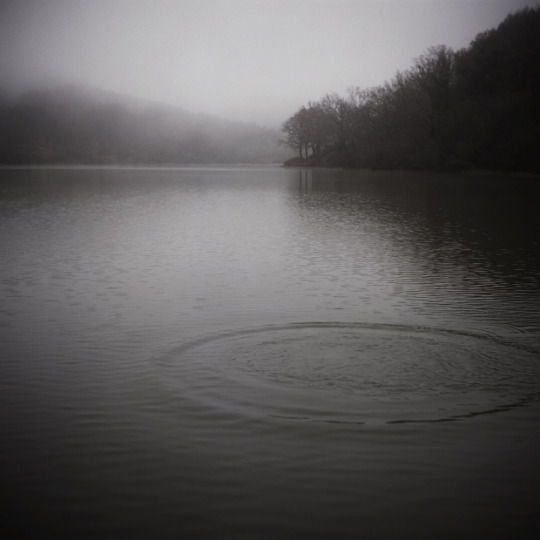
France, Photo by Patrick Taberna, 2004
185 notes
·
View notes
Text
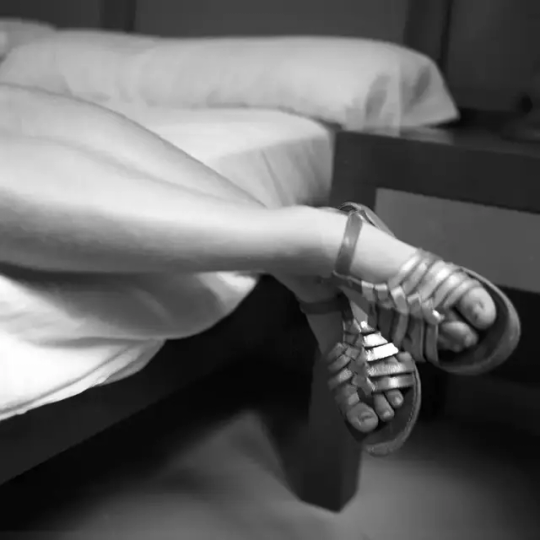
Menorca, España. 2014
Foto: Patrick Taberna
11 notes
·
View notes
Photo

“El Condor” by John Guillermin (1970) Patrick O' Neal, Lee van Cleef, Jim Brown and John Guillermin in Fuerte El Condor, Tabernas (Almeria).
#my fav#Patrick O'Neal#lee van cleef#Jim Brown#John Guillermin#fuerte el condor#el condor#western#cinema#Almeria
9 notes
·
View notes
Photo
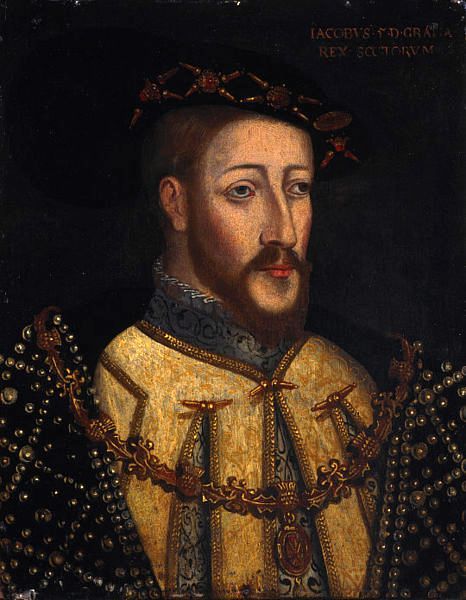

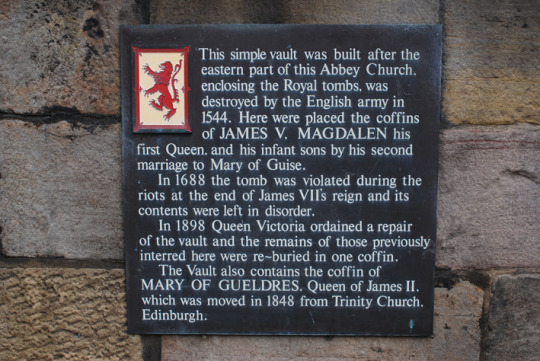
On 14th December 1542, James V died at the age of 30.
James V was just over 1 year old when his father was killed at Flodden field and he inherited the throne. Once again the Scottish nobles fought for power during the King’s period of infancy. Albany returned from exile and was offered power but was vigorously opposed by James’ mother Margaret and her second husband Douglas Earl of Angus who took control and held James a virtual prisoner.
When he escaped from his step father’s authority, James ruled with authority but was sympathetic to the needs of the poor of Scotland. He is said to have like travelling incognito in his kingdom disguised as the ‘Gudeman o’Ballengeich’. He brought the Borders under control and the Highlands and islands. It was a time of the rise of Protestantism in Europe and England, but James did not tolerate ‘heresy’ and strongly supported the Catholic Church. Patrick Hamilton a leading Protestant reformer was burned at the stake in St Andrews in 1528.
James twice married French women - Madeleine de Valois daughter of King Francis of France who brought a large dowry but she was of frail health and died a few months later, and secondarily Marie of Guise mother of Mary who was to become Queen of Scots.
The death of his mother Margaret Tudor removed his allegiance to England, and he refused, when invited to meet Henry VIII at York in 1541, citing his wife, Marie de Guise was pregnant. Mary had already given birth to two boys, James, Duke of Rothesay, born in May 1540, and Robert, Duke of Albany born in April 1541, both sadly died on the same day on 21st April 1541, when James was nearly one year old and Robert was nine days old. A nurse has been blamed for their untimely deaths, said to have "overfed" the infants, but surely Marie would still have been nursing the younger child herself? I can find nothing else on this, the bairns are said to have been buried at Holyrood Abbey, any trace of there tombs probably destroyed in the tumultuous years that were soon to follow during the Rough Wooing.
James V wasn't an anti-English Monarch, at one point he took steps to suppress the circulation of slanderous ballads and rhymes against Henry VIII, Henry sent an envoy to Scotland o give thanks and to make arrangements for the present of a lion for James's menagerie of exotic pets. But after his boys died you can see why he would not want to leave his wives side on a journey to England that would have taken weeks.
Henry, said to be disgusted at the snub, and the Scots good relations with France resolved to invade Scotland, "both by sea and land." and "appointed a very considerable army to rendezvous upon the borders, under the command of Sir Robert Bowes, one of his wardens"
The battle that ensued has been overshadowed somewhat, The Earl of Huntly, in charge of the Scottish army, acquitted himself admirably and completed an easy victory. According to an account written many years later
"Above 2,000 of the English were killed, and 600 taken prisoner among their General Bowes, Sir William Mowbray, and about sixty of the most distinguished northern barons,; the Earl of Angus escaped by the swiftness of his horse. The loss of the Scotch was so inconsiderable that it is not mentioned"
The Imperial ambassador in London, Eustace Chapuys,an intermediary between the two countries, wrote on 2nd October that the Scottish ambassadors ruled out a conciliatory meeting between James and Henry VIII in England until the pregnant Mary of Guise delivered her child. Henry would not accept this condition and mobilised his main army against Scotland.
King James is said to have joined his army at the end of October at Lauder in preparation to lead them into England, but his generals were reluctant to do this. He returned to Edinburgh, on the way writing a letter in French to his wife from Falahill in the Moorfoots, mentioning he had three days of illness, he continued on to recuperate in Falkland Palace in Fife.
Meanwhile James had left one of his favourites, Sir Oliver Sinclair de Pitcairnis, with his standard, basically meaning he was in charge of the Scottish army, Lord Maxwell, who would usually be at the head of the Borders army is said to have been unhappy with this, and infighting amongst the Scots is said to have been a major factor in losing the Battle of Solway Moss against a smaller English army. Sinclair and the Standard were easily captured, the Scots capitulated with such ease that not many are said to have died at the battle.
James, already sickly is said to have been so humiliated that he "fell into a delirium" at Falkland. The king was talking but delirious and spoke no "wise words." According to George Douglas he lamented the loss of his standard, this is said to have been one of the worst things to happen in a battle.
Now the dates vary slightly on this, but through the night, December 14/15th King James was told his wife had given birth to a daughter at Stirling, the King, according to legend, said "it came wi a lass, it'll gang wi a lass" (meaning "It began with a girl and it will end with a girl"). He died soon afterwards.
James V King of Scots was buried at Holyrood Abbey beside his first wife Queen Madeleine.
A wee footnote on this, you should know I like to quote from sources of the time, and in January, 1683 James V tomb was rediscovered and reported as such by John Lauder, Lord Fountainhall, one of Scotland's leading jurists and historians of the era.......
‘In this moneth of Januar[y] 1683, was discovered accidentally, by the removing some seats in the Church of Halirudhouse, the vault on the south-east end of the Church, wheir the body of King James 5t lyes buried. Skeen and others, in ther Chronologies of the Scots Kings, tell us, he was buried at Halirudhoufe, but the lenth of tyme and negligence had worne the particular place out of the memory of men. It was knowen to be him by the inscription on his leaden coffin.
I had the curiositie to goe and view the relics of that gallant Prince. In the pend or cell ther are six lead coffins. The first is King James the 5t. who dyed in the year 1542; but Drummond of Hawthornden (yes the same one from yesterdays post) in the very end of his life, tells us, this is not the place wher he was first interred, but that King Henry the 8t. of England’s army having defaced his tomb and monument, he was transported into this vault by King James the 6t. and reimbalmed; which appears by the freschnesse of his body and the liquor about him.
The second is his first Quean,Magdalen, daughter to Francis the 1st King of France, The third is Henry, Lord Darnley, father to King James the 6t. and Quean Marie’s husband, who was [blown up by gunpowder and] strangled in 1567: by his body he appears to have been a very tall proper man; others call this bodie Seigneur David Rizio's, the Italian Musitian’s.
The 4t. is Ladie Jean Stewart, bastard daughter to King James the 5t. and Countesse of Argile, who dyed in 1587.
The other 2 are some of their children. [Possibly James V’s sons by Mary of Guise James, Duke of Rothesay, and Robert, Duke of Albany, the elder brothers of Mary, Queens of Scots, died in infancy in 1541.]
This was a humbling mortifieng sight, and a great instance and document of mortality, and vanity of the world; all the glory of that sprightly Prince being crouded into this lowly cell, Mors sceptra ligonibus aequat: Mors aequo pulsat pede pauperum tabernas Regnumque turres: Et sic transit gloria mundi. Many ordinary persons have better buriall places now, then what this magnanimous restles Prince hes got. If our thoughts deschended ofter unto the charnel house and sepulchres of our ancestors, their dust […] would serve to lay the peacok feathers of our vain proud aspiring projests, which we lay in such a train as if we ware immortall. […] And it might have the same effest on us, which Virgil […] tells us, the sprinkling a little dust on bees hes. […] All the inhabitants of that dark valley have lean and pale cheeks, hollow eyes, fallen noses, and none of them wear the Jewells and other deckings, with which they glistred when they ware on life: but notwithstanding of this dissolution, we most all rise again at the great day of accounts.’
Pics are James V, by an unknown artist but labelled as ": "Probably contemporary" the others are of the tomb at Holyrood.
20 notes
·
View notes

